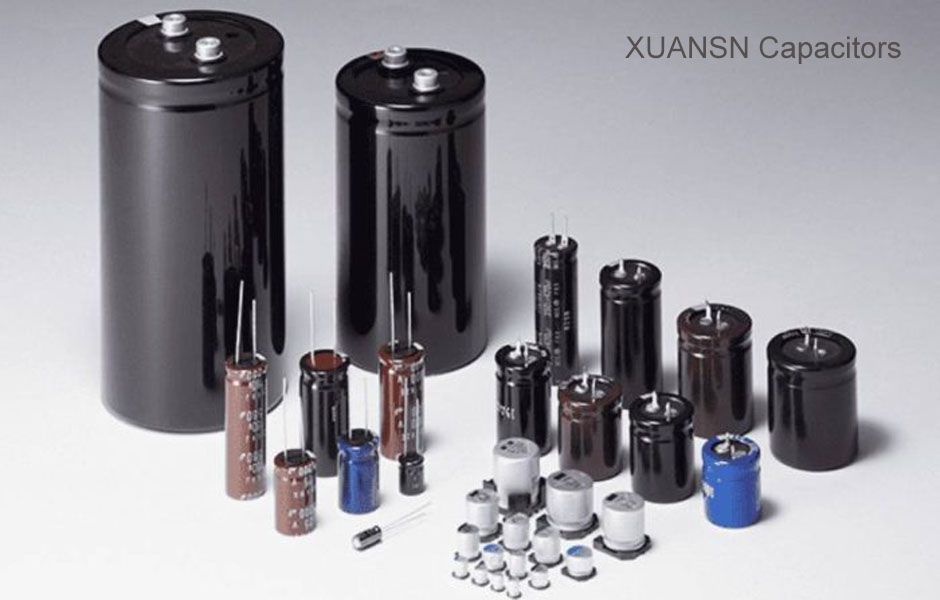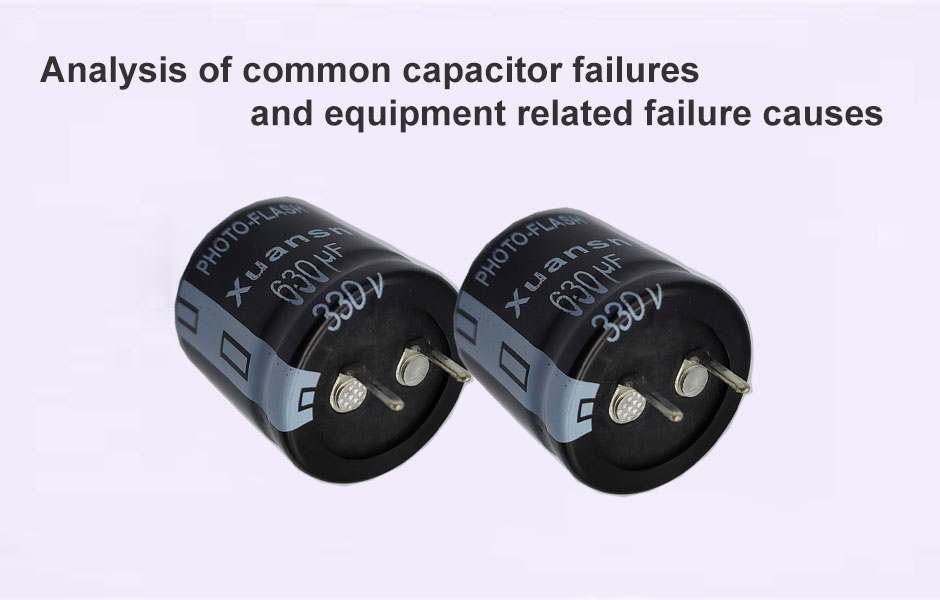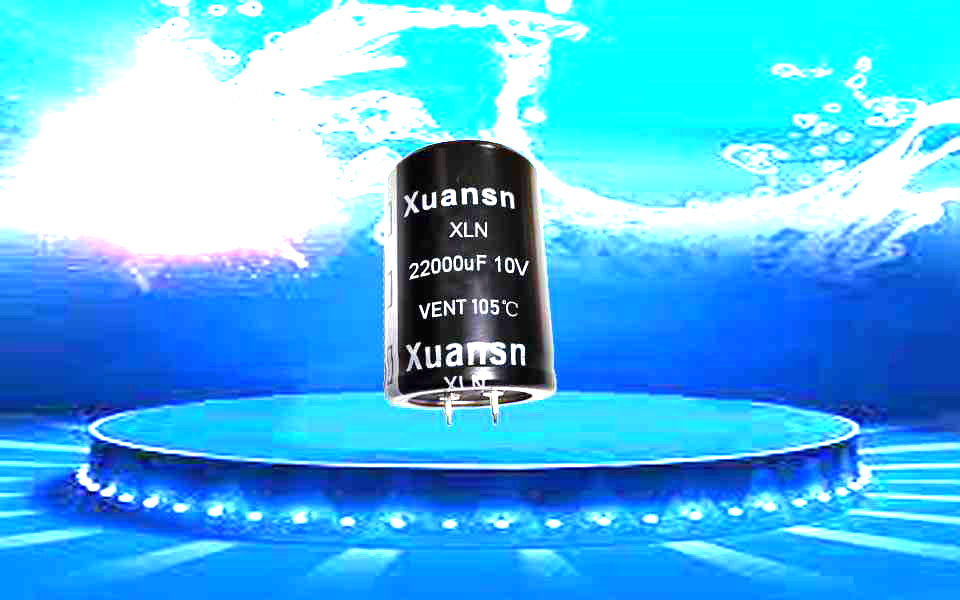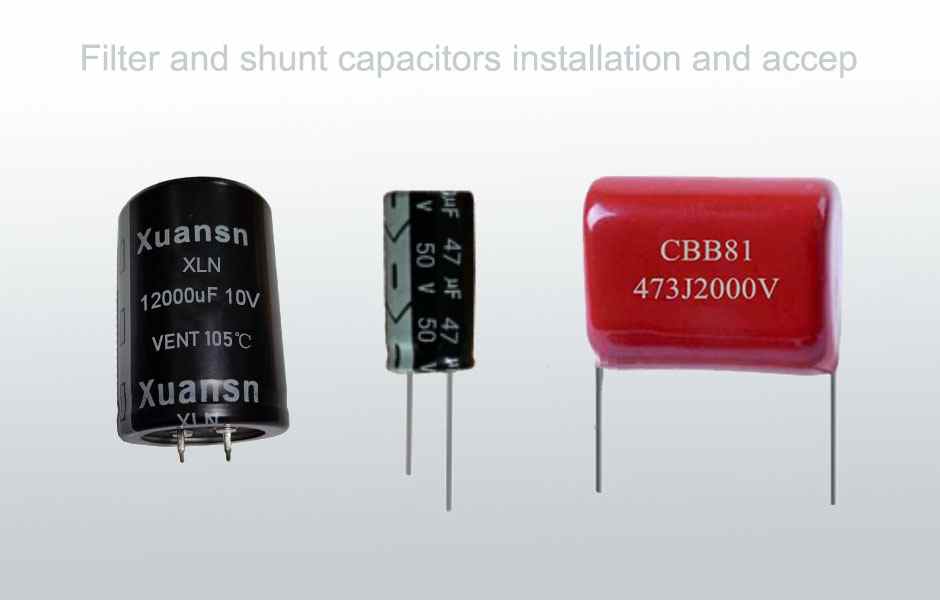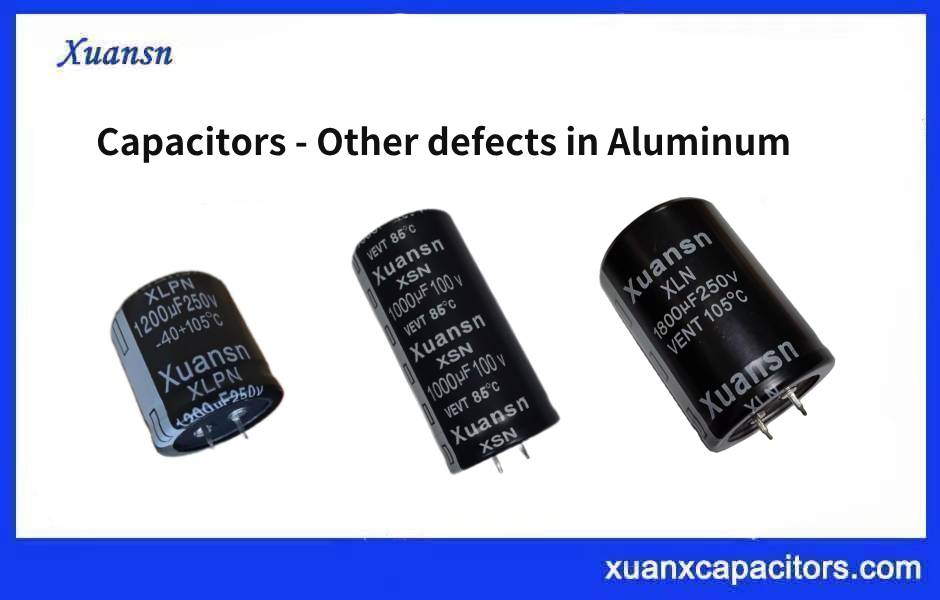The biggest feature of the self-healing shunt capacitor is its self-healing performance. When the dielectric breaks down, the short-circuit current will melt and evaporate the metal film around the breakdown site, thereby restoring the insulation, so it has a higher operational reliability. The self-healing time after dielectric breakdown is only a few microseconds. When the weak point of the dielectric inside the capacitor breaks down to form a path, an arc is formed in a very short time, causing the local temperature and pressure to rise sharply, and the metal layer violently evaporates. The self-healing radius is enlarged, the arc is broken, and a circular area is formed on the surface of the medium with the breakdown point as the center and the metal coating is lost. The self-healing process is completed. Open the damaged self-healing capacitor, it can be found that the self-healing effect is most obvious on the edge of the medium in the capacitor.
The structure is similar to that of paper capacitors, but low-loss plastic materials such as polyester and polystyrene are used as the medium. Features are as follows:
1. Good frequency characteristics and low dielectric loss.
2. Can not be made into large capacity, poor heat resistance.
3. Filter, integral, oscillation, timing circuit. Porcelain dielectric capacitor “through core type or pillar type structure ceramic dielectric capacitor, one of its electrodes is a mounting screw. The lead inductance is extremely small, the frequency characteristic is good, the dielectric loss is small, and it has a temperature compensation function.
4. Can not be made into a large capacity, vibration will cause capacity changes.
5. Especially suitable for high frequency bypass.
